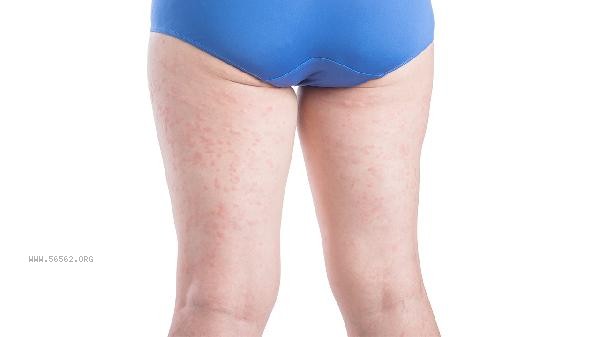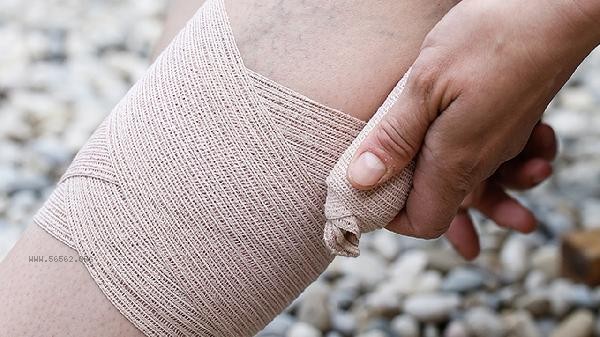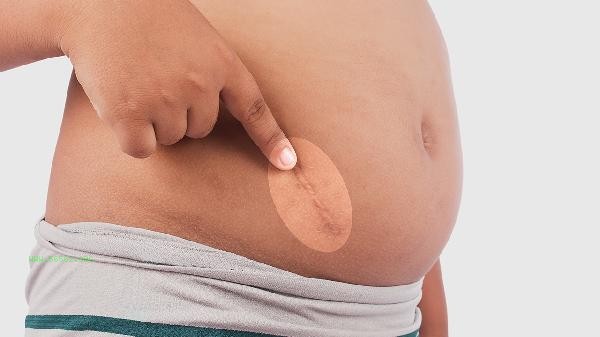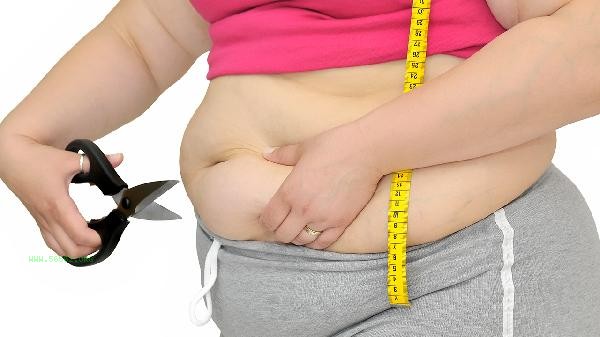The increasing weight of the thighs may be related to factors such as overeating, lack of exercise, hormonal imbalances, genetic factors, and poor circulation in the lower limbs. Fat accumulation is usually directly related to calorie intake exceeding expenditure, and prolonged sitting or specific hormonal changes may also lead to abnormal local fat distribution.

1. Overeating
High calorie diets, especially those with excessive intake of refined carbohydrates and saturated fats, can easily lead to the conversion of excess calories into fat storage. As a common site of fat accumulation, the thighs gradually thicken due to sustained calorie surplus. Suggest adjusting the dietary structure, increasing the proportion of vegetables, fruits, and high-quality protein, and reducing the intake of fried foods and sweets.
2. Lack of exercise
Long term ineffective exercise of lower limb muscle groups can lead to a decrease in basal metabolic rate and an increase in fat accumulation. Targeted resistance training such as squats and lunges can enhance thigh muscle tension, while aerobic exercises such as swimming and cycling can help burn leg fat. Maintain at least 150 minutes of moderate intensity exercise per week.
3. Hormonal imbalance
Abnormal estrogen levels may promote fat accumulation in the thighs and buttocks, which is more common in women during puberty, pregnancy, or menopause. Endocrine diseases such as hypothyroidism can also lead to metabolic slowdown, and it is recommended to adjust through hormone testing and medical guidance.

4. Genetic factors
The fat distribution characteristics of pear shaped body have a genetic tendency, and the number and activity of thigh fat cells in this population may be naturally higher. Although genes cannot be altered, long-term exercise can still effectively control fat volume and avoid skin problems such as orange peel tissue.
5. Lower limb poor circulation
Prolonged sitting and standing can cause lymphatic and blood circulation disorders, leading to thigh edema, which may be accompanied by long-term fat hyperplasia. Wearing pressure socks, regularly lifting legs, and performing leg massages can all help improve circulation. Severe varicose veins require medical treatment.

Improving thigh obesity requires comprehensive lifestyle adjustments. It is recommended to maintain lower limb dominant exercises such as brisk walking or skipping rope for more than 30 minutes daily, and control refined sugar and alcohol intake in diet. Lack of sleep can exacerbate hormonal imbalances, and it is necessary to ensure at least 7 hours of high-quality sleep. If accompanied by symptoms such as menstrual disorders or abnormal hair growth, timely screening for endocrine diseases such as polycystic ovary syndrome should be conducted. It is recommended to control the weight loss rate at 2-4 kilograms per month, as losing weight too quickly may lead to skin sagging.








Comments (0)
Leave a Comment
No comments yet
Be the first to share your thoughts!